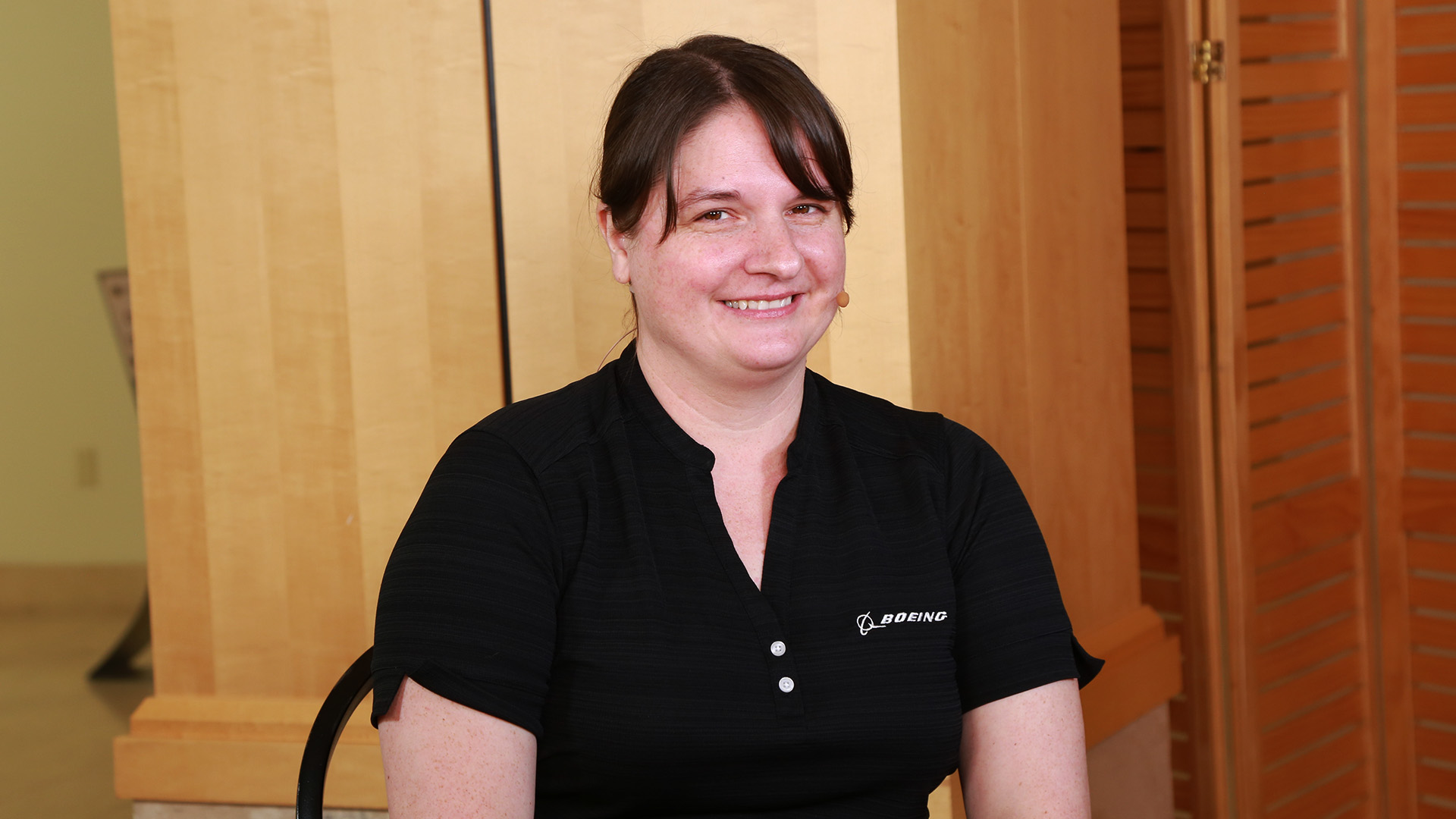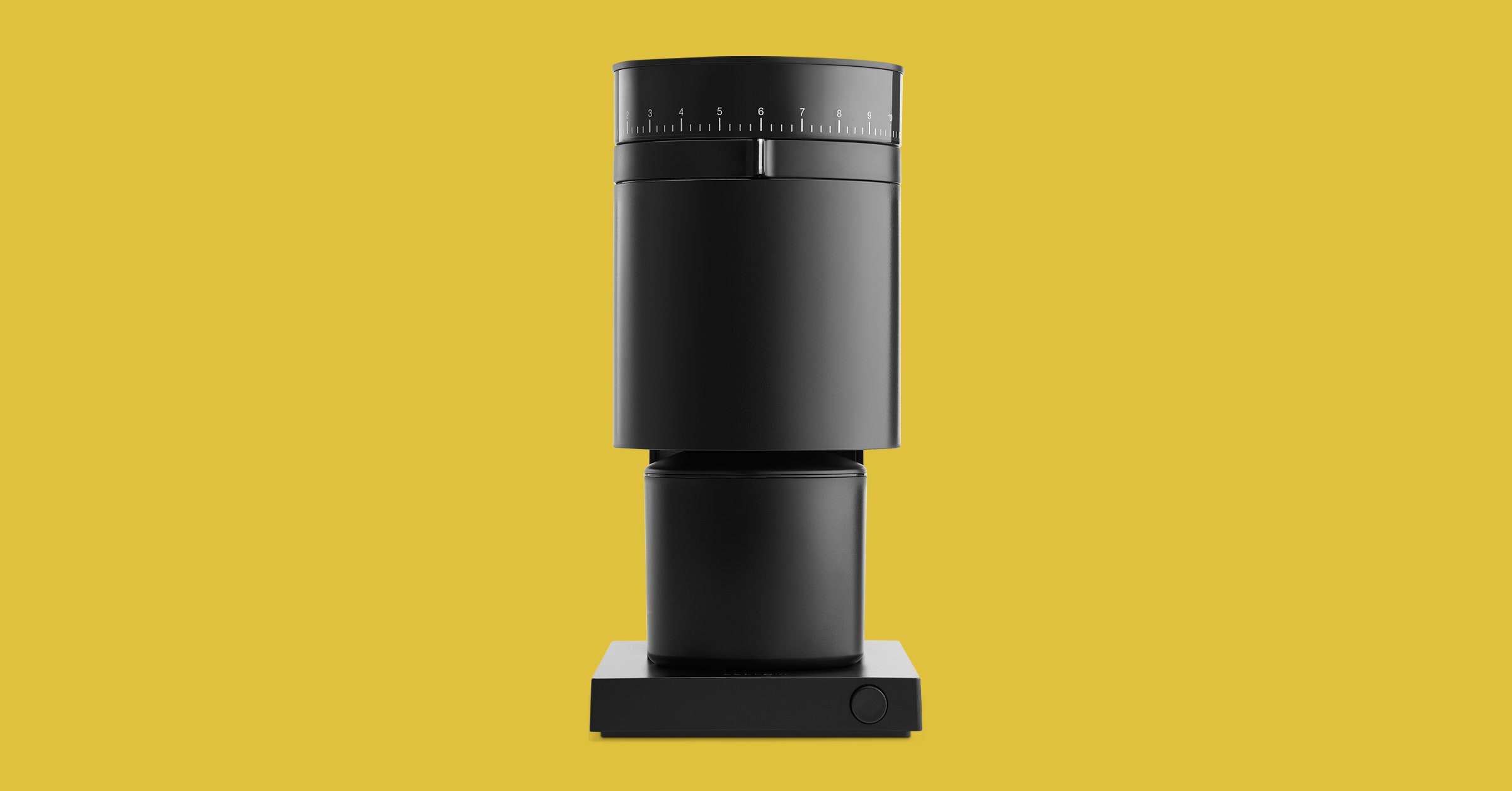The shattering of existing boundaries in technology and data-related fields has evolved beyond cutting-edge concepts. Inclusivity and diversity now sit at the top of the priorities list for many companies, and the industry at large.
These efforts have resulted in women in STEM enjoying more seats at the most important tables, a positive shift from just a few years ago. But as these milestones are celebrated, the industry still faces areas that need significant improvement.
“One of the nice things I saw from the AnitaB.org research is that representation of tech women is on the rise; still below pre-pandemic levels, but it’s actually nearly 27% of women in technical roles,” said Lisa Martin, analyst at theCUBE, SiliconANGLE’s media studio. “And that’s an increase, a slow increase, but the needle is moving. We’re seeing much more gender diversity across a lot of career levels.”
There’s even consolidated data to support the bottom-line value of improved female representation in technical roles. Recent research done by McKinsey showed companies with gender-diverse executive teams as 25% more likely to achieve above-average profitability than their nondiverse counterparts.
Martin alongside guest hosts Tracy Zhang and Hannah Freitag, both data journalism graduate students at Stanford University, were on the ground at the Women in Data Science (WiDS) event, during an exclusive broadcast on theCUBE, SiliconANGLE Media’s livestreaming studio. The hosts spoke with several leading women in tech from companies including Microsoft, Meta, Boeing and Intuit, discussing the state of diversity and inclusivity in data science, the developments at their respective companies, and how the tech sector can continue to improve.
Boeing is managing attrition and steering young women in early
While progress has been made in bringing more women to tech and boosting overall diversity within STEM fields, two notable statistics still stand out: the high attrition rate and low intake numbers through early-career channels, such as internships.
AnitaB’s recently released research, which covered 52 global companies and more than 60,000 women and non-binary technologists of color, found that attrition affected women more in 2022 compared to 2021 — at around 16% (more than doubling 2021’s 7.8%). Companies should focus on retaining female talent as much as attracting it, according to Rhonda Crate (pictured), principal data scientist at Boeing Co.
“One interesting thing that came out this year is that even with the Great Resignation and and those types of things, the attrition level between men and women were actually pretty close to being equal, which is the first time in our history,” Crate said. “Usually, it tends to lean toward more women leaving.”
Female representation at Boeing, a traditionally male-dominated company, is hovering around 24% in the U.S., according to Crate. The company is taking active steps to involve women at a wider range of levels, one of which is early career mentorship and internships.
“I teach a capstone class, so it’s a great way to introduce students to what it’s actually like to work on an industry project,” Crate said. “And we partner with Google and Microsoft on those.”
Here’s theCUBE’s complete video interview with Rhonda Crate:
Meta adopts a data-driven approach to diversity
Approximately 3 billion people and businesses worldwide use Meta Platforms Inc.’s products, such as Facebook, WhatsApp and Instagram. As such, the company relies on huge swathes of data to deliver consistently smooth, valuable user experiences. That same data now informs the company’s approach to diversity, according to Gayatree Ganu, vice president of data science at Meta.
“Facebook has a lot of data. Meta has a lot of data. How do we responsibly use this data? How do we use this data to make sure that we’re representing all diversity … minorities?” she said. “Machine learning algorithms don’t do well with small data; they do well with big data. But the small data matters. How do you bring that into algorithms? Everything we do at Meta is very, very data-driven.”
The overarching goal is to ensure that the voices of all 3 billion users are equally represented, striking a perfect balance between engagement and profit-making. And at the helm of that effort is the company’s Engagement Ecosystem team, which monitors existing trends to determine the needs that exist and how users are changing their behaviors.
“It’s about building a meaningful connection between businesses, customers, users, especially in these last two or three funky, post-pandemic years,” Ganu said. “It’s been such a big, important thing to do for small businesses all around the world for users to find goods and services and products that they care about and that they can connect to.”
Mira Murati, the 35-year-old chief technology officer of OpenAI LLC, the company behind the now-famous ChatGPT artificial intelligence platform, is a glowing example of the crucial need for a female perspective within STEM-related fields, Ganu noted. And Meta has championed that type of acceptance through its recruiting programs for years.
“I lead recruiting at Meta, and we’ve done a lot to open up the thinking around data science and technical jobs for women — simple things like what you write in your job description,” Ganu said. “Facebook has always been up there in speaking out for diversity. Sheryl Sandberg has been our chief business officer for a very long time, and she’s been amazing at pushing for more women.”
Here’s theCUBE’s complete video interview with Gayatree Ganu:
Building diverse teams is a conscientious process
Data is at the heart of every human activity today, from personal shopping decisions to those that affect the biggest companies. Accommodating multi-background viewpoints in the analysis of that data is essential to arrive at the most accurate conclusions, according to Gabriela de Queiroz, principal cloud advocate at Microsoft.
Building data science teams that span disparate backgrounds is key to accurate internal decision-making for any data-driven company. And it’s a completely intentional process.
“You have to be very intentional in every step,” De Queiroz said. “In my last team, we had like 10 people, and we were so diverse. We had like 15 languages inside a team, all from different backgrounds. I am a statistician, but we had people from engineering backgrounds, biology, languages and so on.”
Beyond gender, diversity must extend to other factors like ethnicity, spoken language and other meaningful demographics. This way, there’s a steady stream of different ideas, approaches, and areas of expertise, according to De Queiroz.
R-Ladies, an organization that promotes gender diversity in the R programming language community, was also founded by De Queiroz. Inspired by the meetups she was privileged to attend as a student in 2012, she created the organization in 2016 to help show data science to underrepresented data scientists of the future.
“I felt that as a Latina and as a woman, I was always in the corner and I was not being able to participate in the events and to be myself, network and ask questions,” she explained. “So, I said to myself, ‘What about if I do something where everybody feels included, where everybody can participate, can share, can ask questions without judgment?’ So that’s how R-Ladies all came together.”
The R-Ladies community now boasts a presence spanning 200 cities in over 55 countries across the globe. It’s mission is to support minority R enthusiasts to achieve their programming potential through a global network of leaders, mentors and developers within the space.
Here’s theCUBE’s complete video interview with Gabriela de Queiroz:
And you can watch all of SiliconANGLE’s and theCUBE’s coverage of the Women in Data Science (WiDS) event below:
https://www.youtube.com/watch?v=videoseries
Photo: SiliconANGLE
Show your support for our mission by joining our Cube Club and Cube Event Community of experts. Join the community that includes Amazon Web Services and Amazon.com CEO Andy Jassy, Dell Technologies founder and CEO Michael Dell, Intel CEO Pat Gelsinger and many more luminaries and experts.
Source link











Leave a Reply